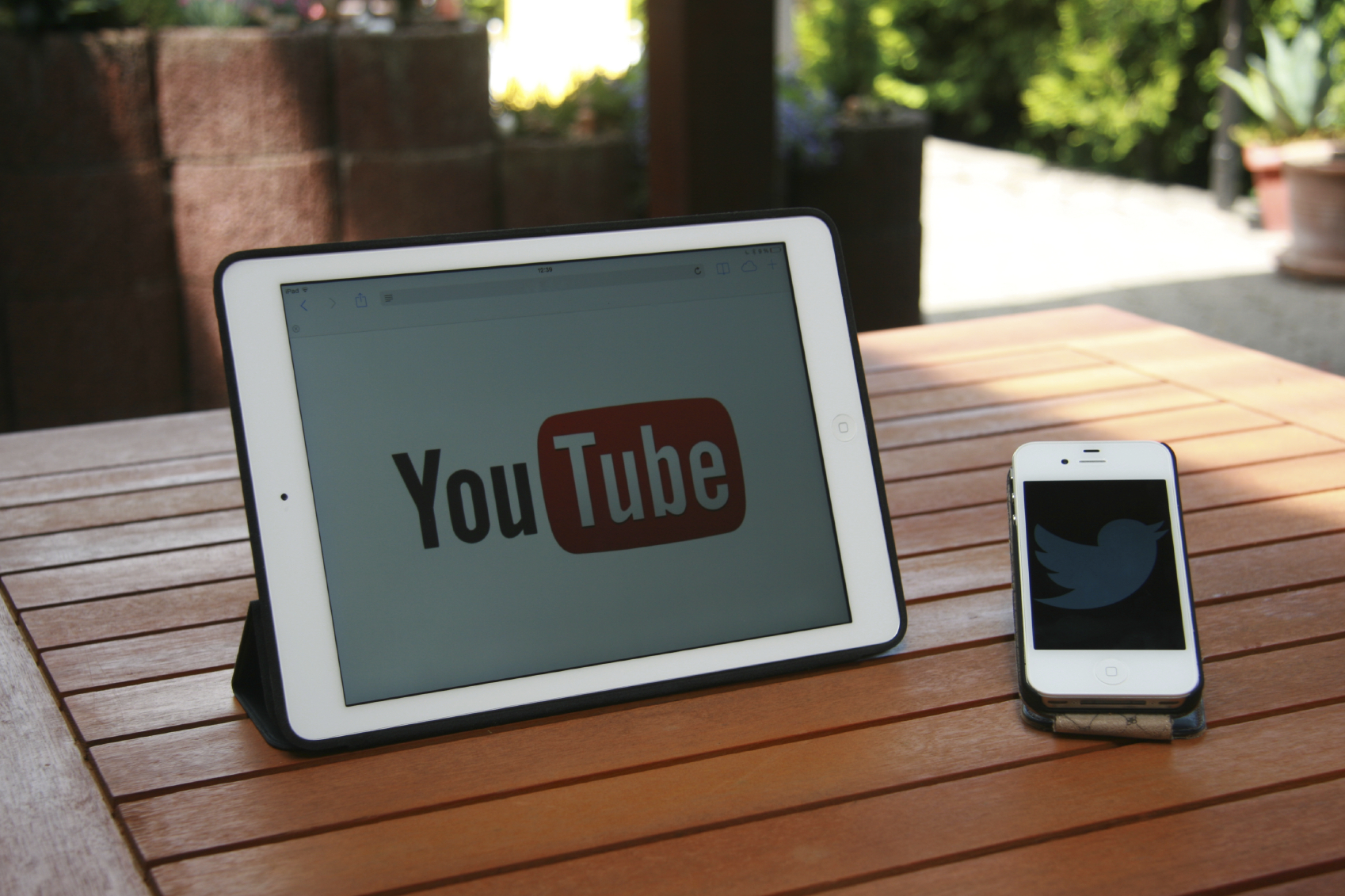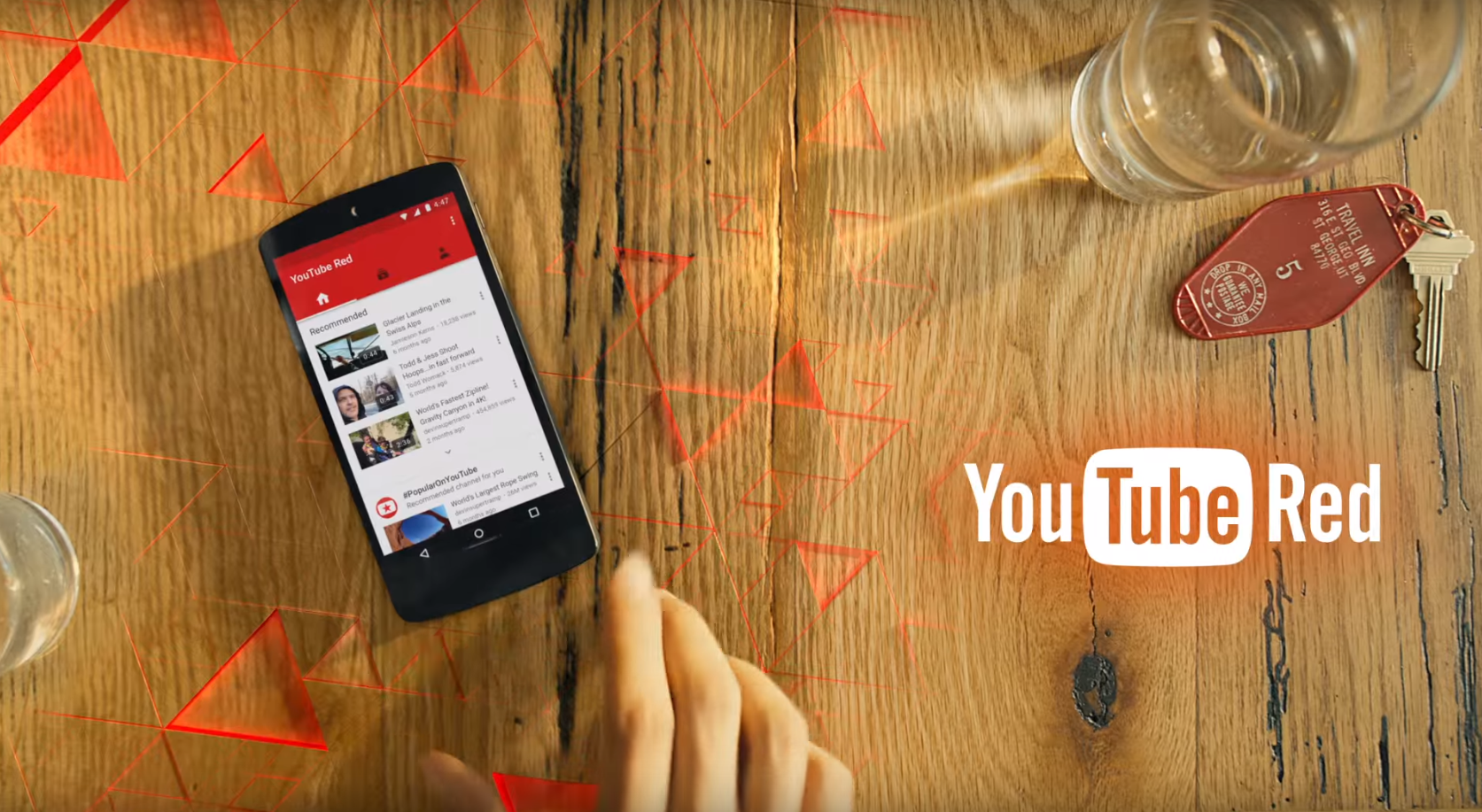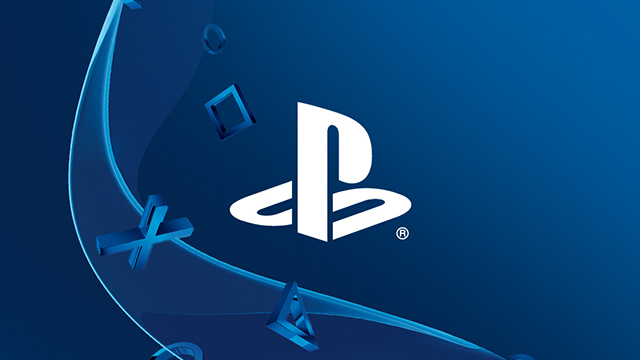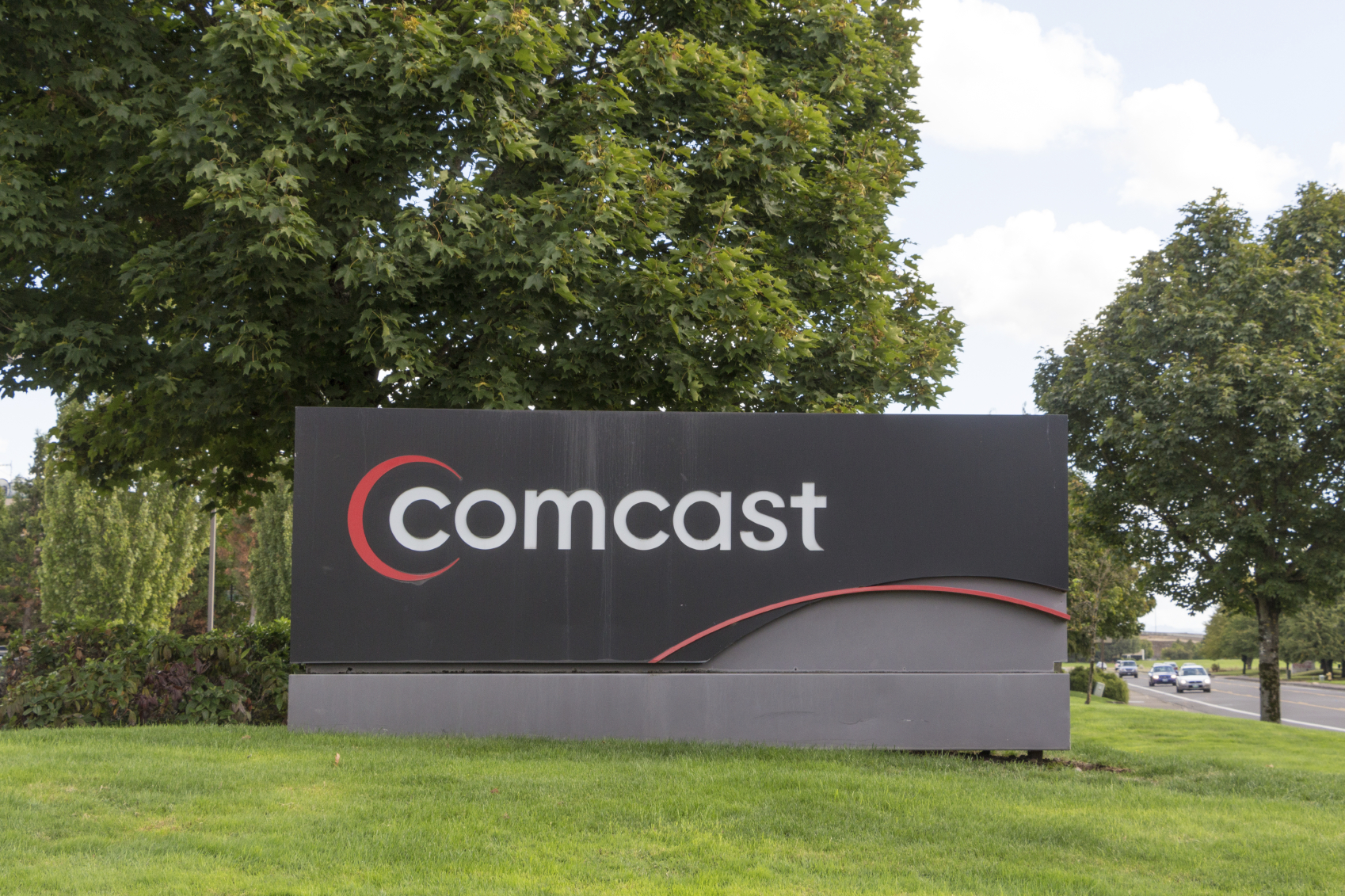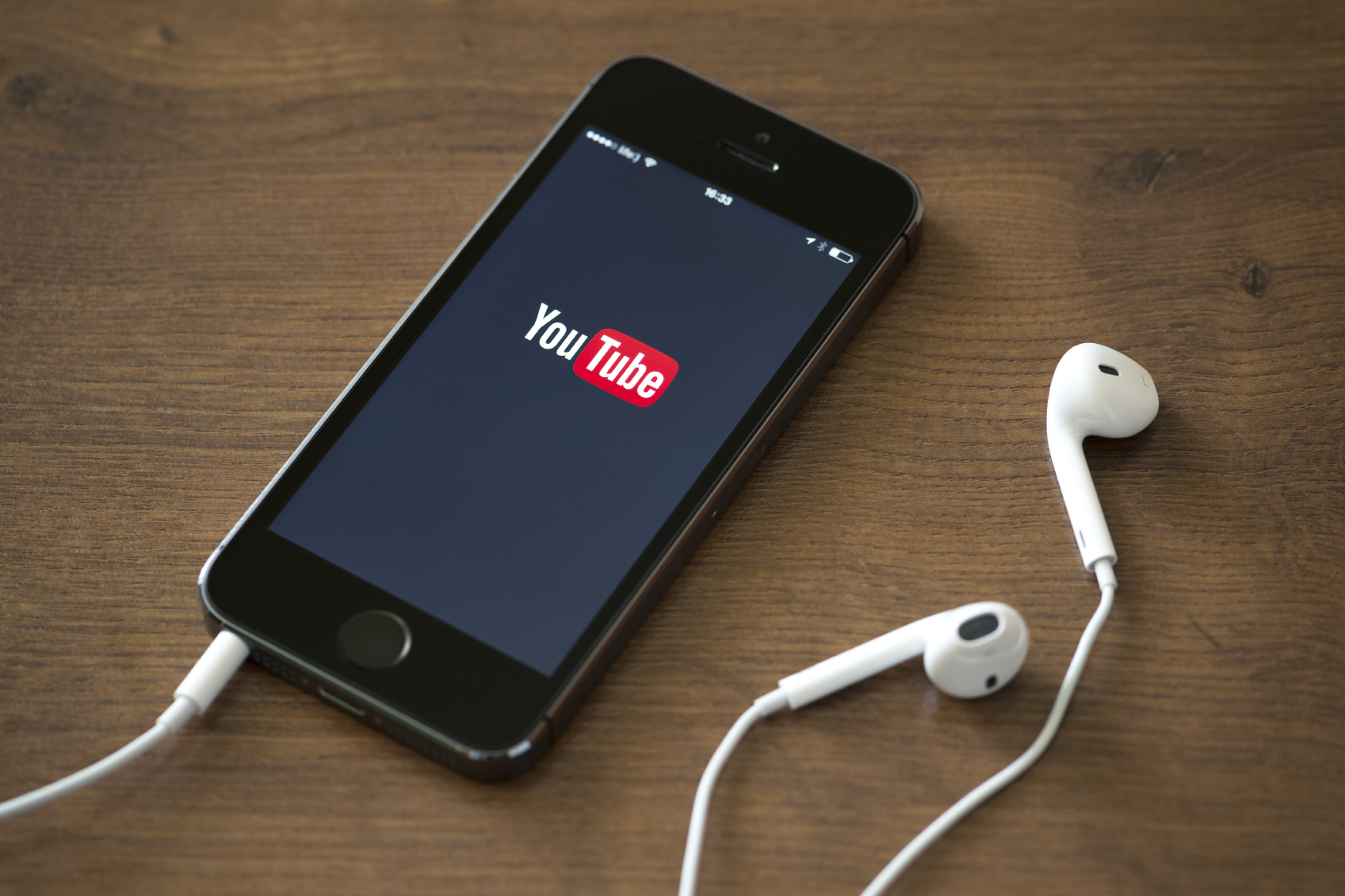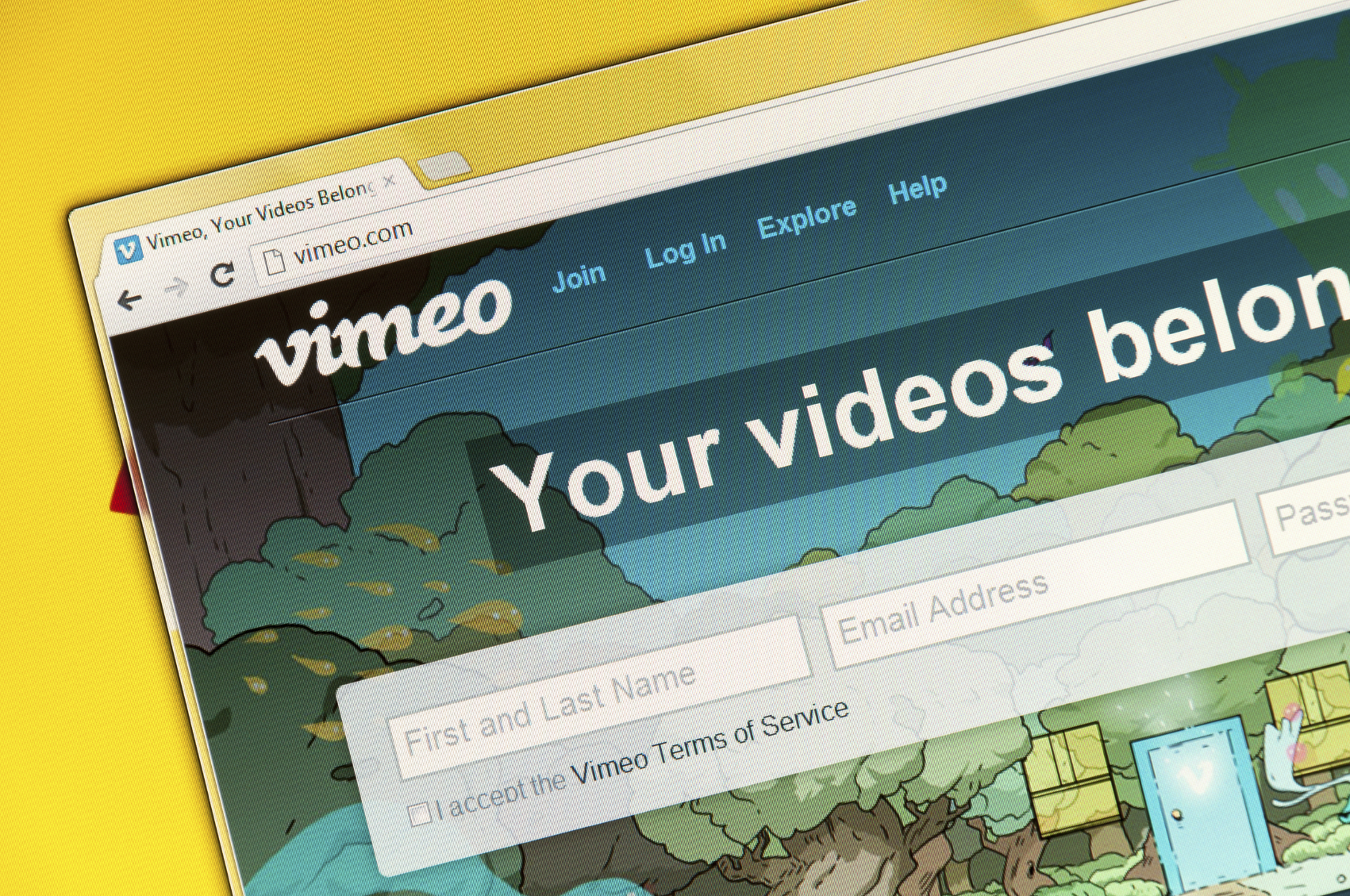What Happened
Yesterday, YouTube officially launched its support for virtual reality videos with an updated Android app, which enables users to watch stereoscopic videos in a ”virtual movie theater” with Google Cardboard. Early-adopters like Lionsgate and TOMS Shoes are already taking advantage of the new feature, putting out VR videos for the “Hunger Games Experience” and “TOMS Shoes Giving Trip.”
What Brands Need To Do
This is the first time YouTube is pitching an immersive video format as virtual reality, although it added support for 360-degree videos in March, and Google Cardboard supported playing them in May. With VR technology poised to break into the consumer market next year, brands that seek to engage consumers with immersive experiences would be smart to start developing their own branded VR content today.
Source: Marketing Land

